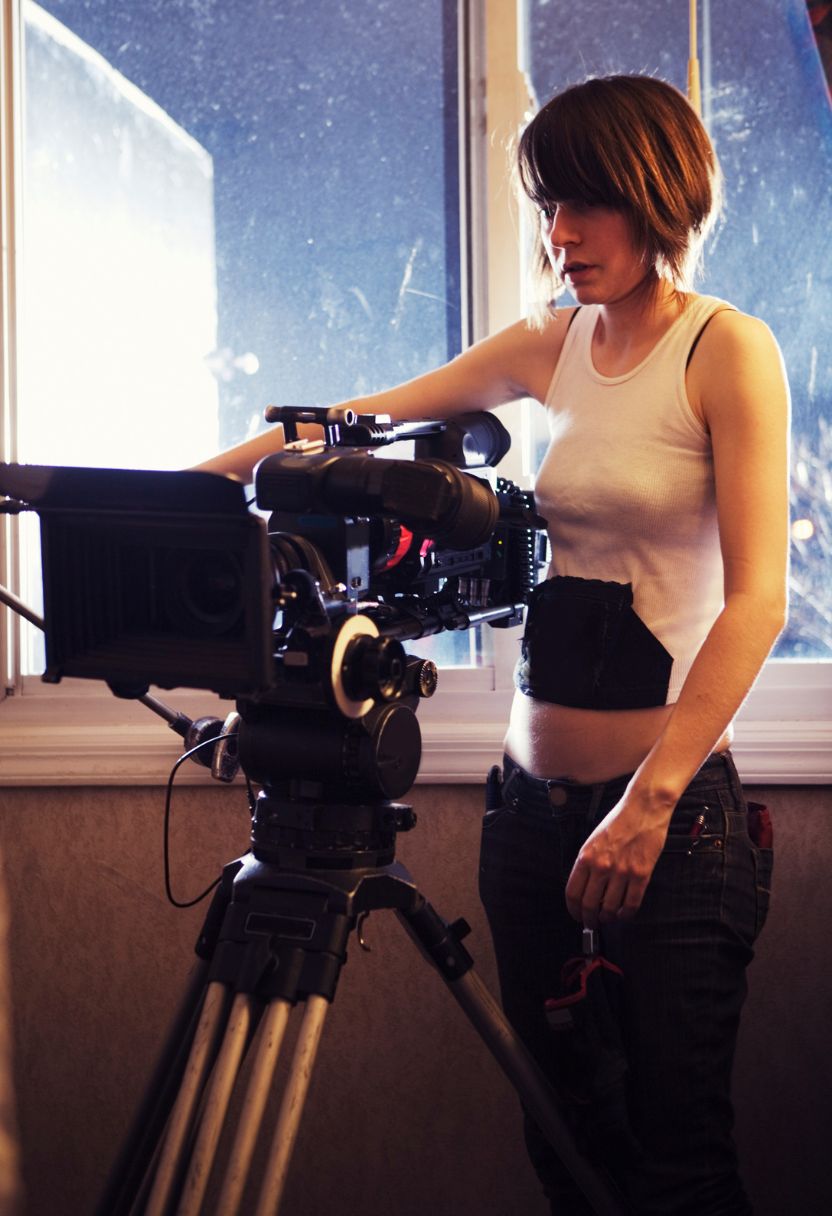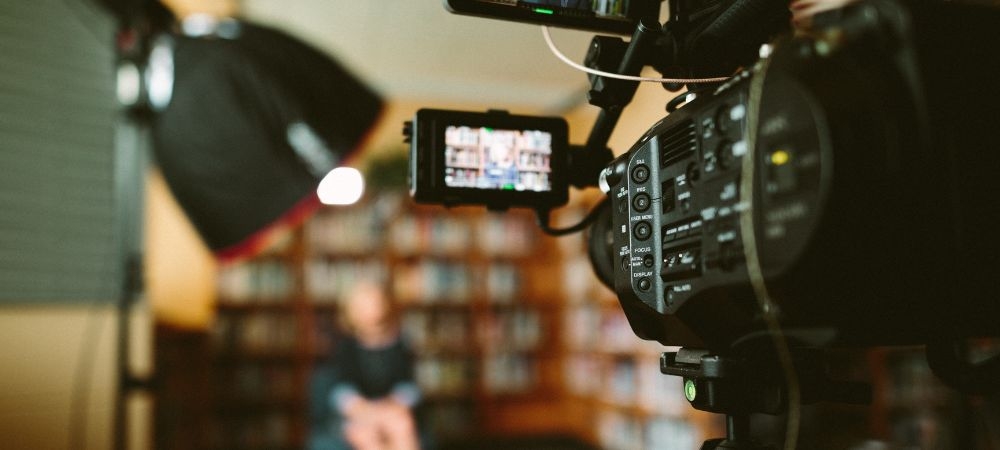

The Historical Development and Evolution of Slide Film, especially Color Reversal Film, is quite a fascinating journey. Let's dive into it.
Back in the early days of photography, things were not as colorful as they are now. added details readily available click on now. Black-and-white was all you had. But oh boy, did that change! The first significant breakthrough came in 1907 when the Lumière brothers introduced Autochrome plates. It wasn't really slide film yet but hey, it was color photography's baby steps.
Autochrome used dyed potato starch grains to create color images. Yeah, you heard me-potato starch! Though revolutionary at the time, Autochrome had its limitations. It was grainy and didn't capture colors accurately. However, it set the stage for further innovations.
Fast forward to 1935 when Kodak rolled out Kodachrome film. This was a big deal because it was one of the first successful color reversal films that could be developed using relatively straightforward chemical processes. Kodachrome wasn't just any film; it became an icon! Musicians wrote songs about it and photographers swore by its vibrant colors and fine grain.
But let's not forget Agfa's contribution either. In 1936, just a year after Kodak's triumph, Agfa launched their own version called Agfacolor Neu. Unlike Kodachrome which required complex processing procedures only available through Kodak labs initially, Agfacolor could be processed more easily by local labs over time.
As technology advanced post-World War II era saw more improvements in slide films' quality and usability from both Kodak with Ektachrome (introduced in 1946) and Fuji with Fujichrome (introduced later). These new versions allowed amateur photographers to develop their slides at home without needing specialized equipment or sending them off for development - talk about convenience!
In spite of these advancements though some people weren't happy campers because cost remained high compared to black-and-white films plus keeping those slides safe from light damage wasn't easy either requiring careful storage conditions – no tossing them around carelessly!
Now let's talk about digital age impact: When digital cameras burst onto scene late '90s there began shift away traditional film usage overall including slide films too unfortunately leading decline production many types favorite emulsions among enthusiasts alike eventually discontinued altogether like recent demise beloved Kodachrome itself indeed end era truly felt globally within photographic community undeniably so!
So yeah while we may no longer see new developments happening today regarding traditional color reversal/slide films due rise dominance digital imaging technologies shaping future industry nonetheless important remember appreciate historical significance contributions made during heyday analog capturing beautiful moments world around us wouldn't have been possible otherwise simply put thanks pioneers whose vision dedication paved way modern marvels enjoy nowadays without batting eyelid even huh?
Color reversal film, often called slide film, has its unique technical aspects and characteristics that make it stand out from other types of photographic media. It's not just the end product-those vivid slides-that draw photographers to it, but also the specific qualities inherent in its design and processing.
Firstly, unlike negative film which produces an inverted image that requires printing onto paper to view correctly, color reversal film creates a positive image directly on the film itself. This means you can pop those slides into a projector and see exactly what you shot without needing any kind of print intermediary. Oh boy, isn't that neat?
One of the most notable characteristics of color reversal film is its dynamic range-or rather, the lack thereof compared to modern digital sensors or even color negative films. It doesn't handle high-contrast scenes too well; highlights can blow out easily and shadows may lose detail quickly. But don't let that discourage you! Many photographers actually relish this limitation as it forces them to be more mindful about exposure settings.
Speaking of exposure, slide film's latitude is pretty narrow. You can't mess around much with your exposure settings; you've gotta nail it right on the head-or you'll be left with either a washed-out or underexposed mess. In fact, it's often recommended to slightly underexpose slide films by about half a stop to preserve those precious highlights.
Color rendition is another area where slide film shines-literally and figuratively! The colors produced are usually vibrant and saturated, with some films like Fujifilm Velvia being famous for their punchy greens and blues. However-and here's a caveat-not all slide films produce colors equally well across the spectrum; some might have stronger biases toward certain hues depending on their chemical makeup.
Now let's talk about grain structure. Slide films tend to have finer grain than many color negatives which contributes to their sharpness and detailed reproduction capabilities. Yet again though, this doesn't mean they're perfect for every situation-they're best suited for well-lit conditions because low-light shooting can introduce unwanted noise (grain).
Processing these films is no walk in the park either-the E-6 process used for developing color reversal films isn't something most people do at home due to its complexity and need for precise temperature control throughout multiple steps. So unless you're really committed or enjoy lab work as part of your hobby-you'd probably leave this task up to professional labs.
In summary: Color reversal film isn't everybody's cup o' tea-it demands careful attention during shooting due largely in part because there's little room for error when exposing each frame-but if done right-the results can be absolutely stunning! Whether it's landscape photography where vibrant colors bring scenes alive-or portraiture benefiting from fine details captured-slide films offer something truly special despite their quirks!
The very first photo ever before taken was by Joseph Nicéphore Niépce in 1826 or 1827, and it's called "View from the Window at Le Gras," calling for an eight-hour exposure.
High-speed digital photography can catch images at a millionth of a second, typically made use of to photo fast-moving items like bullets in trip and beads of fluid.
The lengthiest photo negative is 129 feet long and was developed using a scenic video camera on a relocating train.
Ansel Adams, renowned for his black and white landscapes, made use of a technique called the " Area System" to identify optimum film direct exposure and change the contrast of the last print.
In a world that's constantly rushing forward, there's something magical about capturing timeless beauty through the lens of film photography.. Finding inspiration in everyday moments isn't always easy, but it's definitely worth it.
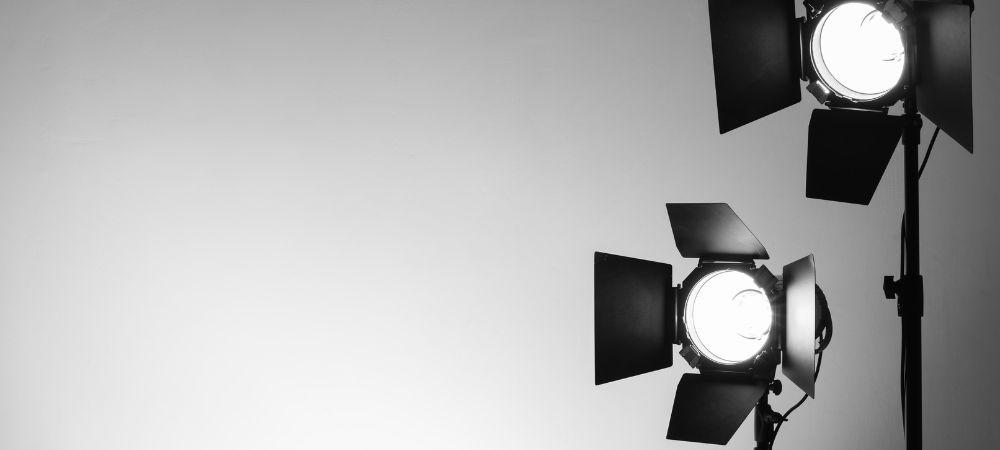
Posted by on 2024-06-28
Preserving and Archiving Your Film Photographs
Oh, film photography!. There's just something so enchanting about capturing moments on film.
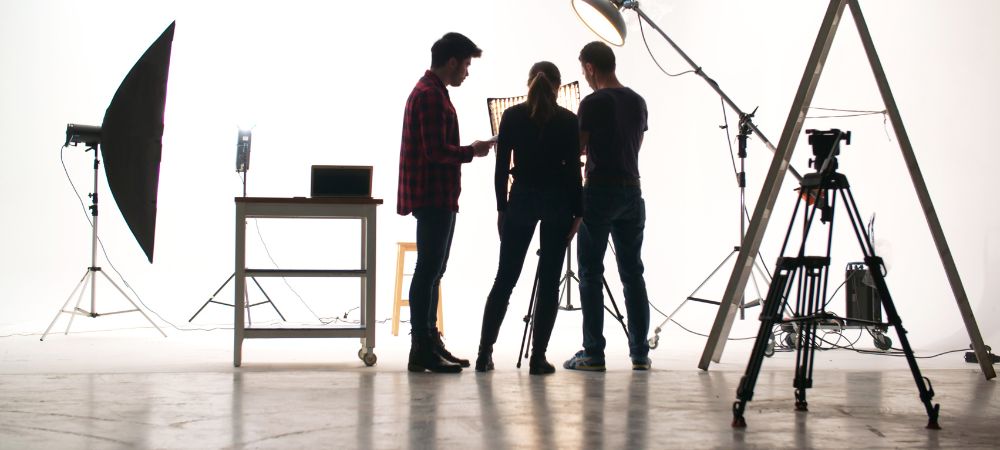
Posted by on 2024-06-28
Alright, so you're eager to learn how to transform your photos and discover the art of shooting with film?. Well, let me tell ya, it's not gonna be as easy as snapping a pic on your smartphone.
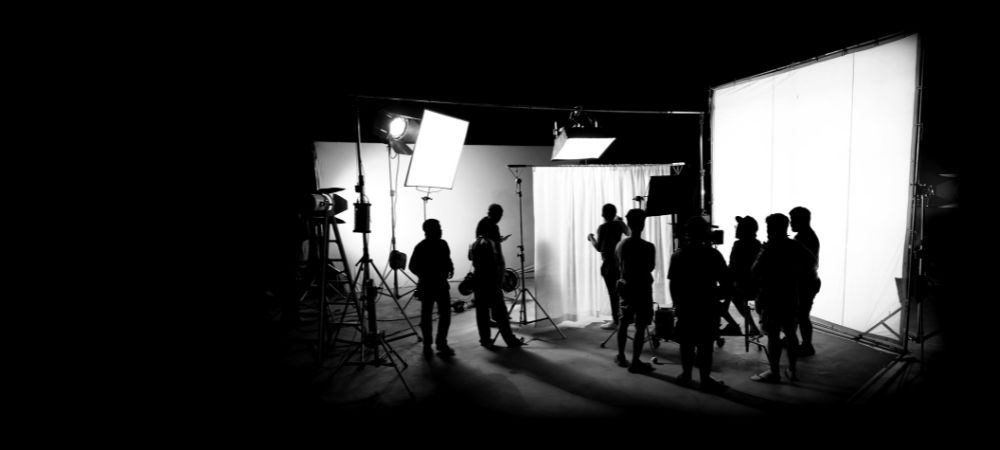
Posted by on 2024-06-28
When it comes to comparing color negative film and slide film, there's a lot to consider. Oh boy, where do we even start? Color reversal film, often called slide film, has a way of making images pop that can be quite dazzling. But hey, don't think for a second that color negative film doesn't have its own charm.
Slide film produces positives; what you see on the developed slide is exactly what you get when projected or scanned. The colors are rich and vibrant, often more saturated than reality itself. This makes it super appealing for nature photographers who want to capture the vivid hues of a sunset or the lush greens of a forest. However, it's not forgiving at all-exposure has to be spot-on. If you're off by even half a stop, your image might end up too dark or too light.
On the flip side (pun intended), color negative film is much more flexible with exposure. You can overexpose it by several stops and still get decent results because you're working with negatives that need printing or scanning first before viewing them as positives. It's kinda like having an extra safety net when shooting in unpredictable lighting conditions.
But let's not sugarcoat it-color negative films typically produce less vibrant colors compared to slide films. They lean towards softer tones that some might find less exciting but others appreciate for their subtlety and realism.
Now here's where things get interesting: the dynamic range! Slide films tend to have lower dynamic range compared to color negatives. That means they can't capture as many details in both shadows and highlights simultaneously. For instance, if you're photographing a scene with both bright sunlight and deep shadows using slide film, you'll likely lose detail in one area or another.
In contrast, color negative films excel in high-contrast situations because they've got better dynamic range. You won't lose those intricate details in either the brightest highlights or darkest shadows nearly as easily.
And cost-wise? Slide films can be pricier-not just for buying but also developing them requires special E-6 processing which ain't cheap! Color negative films use C-41 processing which is easier on your wallet and accessible almost everywhere.
So there you have it-a little peek into the world of these two types of films! Each has its own strengths and weaknesses depending on what you're after in your photography journey. Whether it's those eye-popping colors from slides or the forgiving nature of negatives-there's no right or wrong choice really. Just different ways to tell your story through images!
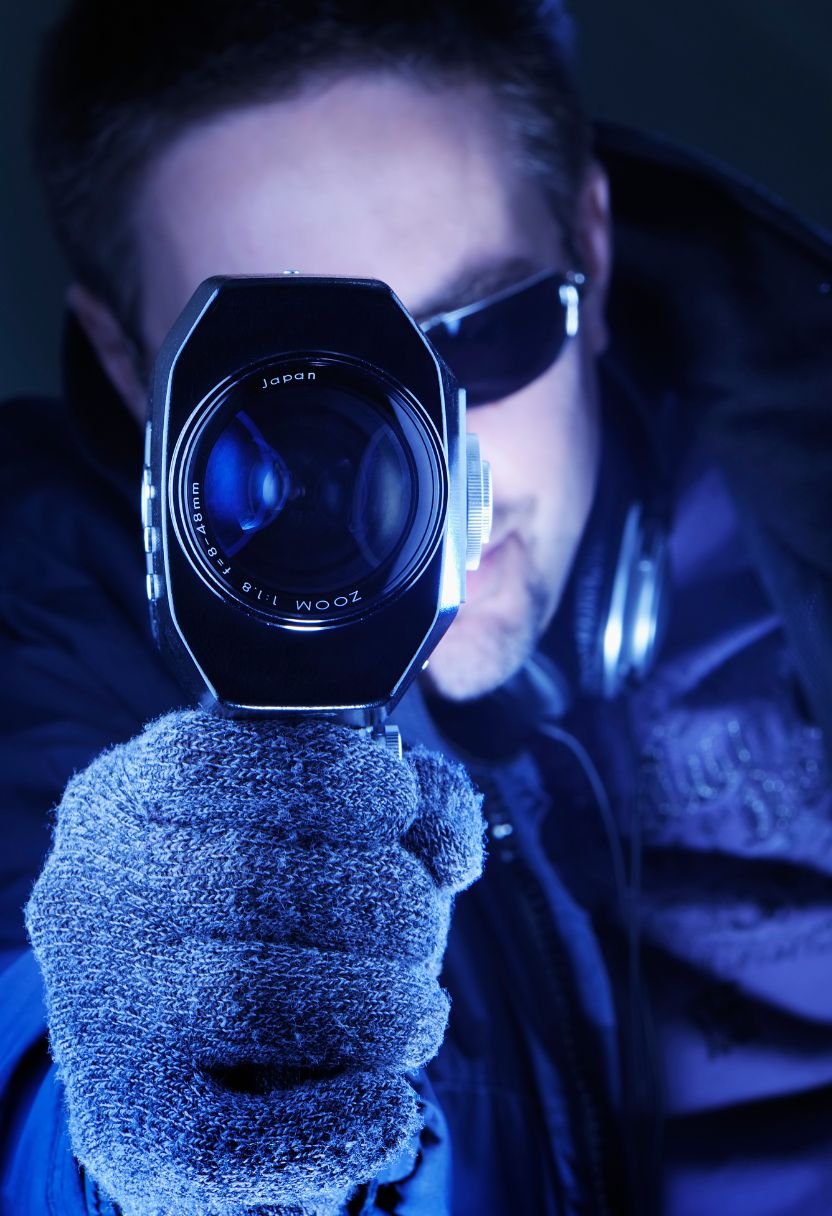
Alright, so, let's chat about some popular brands and types of slide films in the market for color reversal film. You know, slide film's not just any type of film; it's unique because it produces a positive image directly on the film strip – like magic! It's a bit different from your regular negative films that need to be inverted to show their true colors.
First off, you can't talk about slide films without mentioning Fujifilm. They've been around forever and have some of the most loved options out there. One of their standout products is the Fujichrome Velvia series. Oh boy, Velvia 50 is just vibrant! The colors pop like nothing else, making it perfect for landscapes and nature photography. And then there's Provia – it's less saturated than Velvia but still has great color accuracy and fine grain structure.
Kodak isn't outta this conversation either. Kodak Ektachrome made a big comeback recently and photographers couldn't be happier! Ektachrome E100 is known for its balanced tones and sharpness. It's versatile enough for portraits, street photography or even some creative work.
But wait – those aren't the only players in town. AgfaPhoto CT Precisa 100 might not be as mainstream as Fujifilm or Kodak, but don't underestimate it! It offers natural-looking colors with decent contrast which makes it suitable for everyday shooting scenarios.
Now let's not forget Lomography Color Slide / X-Pro 200 – it's a bit quirky but who doesn't love quirks? This one's particularly fun if you're into cross-processing your slides; expect unexpected hues and wild shifts in color when developed in C-41 chemicals instead of E-6.
It's kinda surprising how diverse slide films are despite being somewhat niche these days compared to digital media dominance. But hey – there's something special about holding up a well-exposed transparency against light or projecting them onto a screen that digital can't quite replicate!
In conclusion... oh gosh did I say conclusion? Maybe summary sounds better here... In short: Fujifilm rocks with Velvia & Provia; Kodak's got its classic Ektachrome; AgfaPhoto gives us good ol' CT Precisa 100; while Lomography spices things up with their Color Slide/X-Pro 200! Each brand brings something unique to our creative table - surely worth experimenting across them all at least once!
So yeah folks - next time you're thinking "should I try slide film?" Just do it already!
Oh, shooting with color reversal film, or slide film as some folks call it, can be both a thrilling and tricky experience. It's not something everyone dives into these days, but for those who do, the results can be absolutely stunning. Now, let's dive into some techniques that'll help you get the most outta your color reversal adventures.
First things first: exposure is key. Unlike negative film where you've got a bit of leeway in post-processing, slide film doesn't forgive mistakes easily. You can't just overexpose and fix it later; nope! With slide film, you've got to nail that exposure right from the start. One way to ensure you're on point is by using a light meter. I know what you're thinking-"A light meter? Really?" But trust me on this one; it's worth it.
Now let's talk about colors because that's where slide film really shines! The colors are vibrant and true-to-life if you handle things right. To make these colors pop even more, try shooting during the golden hour-right after sunrise or before sunset when the light is soft and warm. Harsh midday sun? Nope, avoid it if you can; it'll wash out your colors and create unflattering shadows.
Composition also plays a big role in making your shots stand out. Since each frame costs money (and hey, it's not cheap!), take your time to compose each shot carefully. Look for interesting angles and perspectives that'll add depth and intrigue to your images.
Another thing: bracketing ain't a bad idea at all-especially when you're still getting used to how this type of film behaves under different lighting conditions. Take multiple shots at different exposures; that way you'll have options when you finally develop 'em.
Speaking of developing, there's no room for error here either! If you're doing it yourself-and hats off to ya if you are-make sure you follow every step meticulously. And if you're sending them off to a lab? Pick one that's reputable and has experience with slide films.
Don't forget about filters too! A polarizing filter can reduce reflections from water or glass surfaces while enhancing skies' vividness-a little trick that'll make landscapes look even more breathtaking on slide film.
Lastly, keep in mind that patience is paramount when working with color reversal films. From setting up the perfect shot to waiting for development results-it all takes time but oh boy-isn't it worth every second?
So go ahead-grab that camera loaded with some good ol' Kodachrome or Fujichrome Velvia-and start capturing those jaw-dropping moments! Just remember: plan carefully but don't stress too much; sometimes those happy accidents turn out better than anything we planned!
And there ya have it-a few tips n' tricks for navigating the wonderful world of color reversal film photography without losing your sanity-or breaking the bank! Happy shooting!

Processing and Developing Slide Films: Methods and Tips for Color Reversal Film
You know, working with slide films – or color reversal films as some folks call 'em – ain't always the easiest task, but it sure is rewarding. There's just something about seeing that vibrant image appear on the film that's so satisfying. But let's not beat around the bush; this process can be a bit tricky if you're not careful.
First things first, you gotta understand that slide films are different from your regular ol' negative films. With negative films, you end up with an inverted image that gets corrected during printing. But with slide films, what you see is what you get! The colors and exposure have to be spot-on because there's no fixing it in post-processing.
So where do we begin? Well, for starters, make sure you've got the right chemicals on hand. Unlike black-and-white film which has its own simpler set of developers, color reversal film typically uses a specific kit like E-6 chemistry. Ain't no way around it; using anything else will ruin your shots.
Now let's talk temperature control – oh boy, it's crucial! You gotta maintain a constant temperature throughout the entire developing process. Usually around 100°F (38°C). If the temperature swings too much either way, you'll end up with color shifts or worse - completely messed up slides!
Don't rush things neither! Each step in processing has its own time requirement: first developer, color developer, bleach-fix (blix), and finally washing and stabilizing solutions. Skipping steps or reducing times won't save ya any trouble; it'll only cause headaches later when your pictures don't turn out right.
One common mistake folks often make is underexposing their shots thinking they can "fix" them during development. Nope! Slide film's dynamic range isn't forgiving like digital sensors or even negative films – once those details are lost in shadows or blown-out highlights... they're gone forever!
And hey - agitation matters too! Agitate gently but consistently to ensure even chemical distribution across all frames. Too vigorous? You'll risk uneven development; too little? Same problem but slower.
Oh yeah... keep an eye on expiration dates of your chemicals and film stock itself! Expired materials might result in unexpected results which aren't exactly fun surprises when expecting crisp images full of life.
Lastly-here's a tip-always use distilled water for mixing chemicals especially final rinse stage since hard water minerals could leave spots on delicate emulsion surface ruining otherwise perfect slides just because tap water was used instead!
In conclusion (phew), handling slide film involves patience along with precision at every single step from shooting till final wash down ensuring beautiful vivid results worth every effort put into each frame captured meticulously preserving memories vividly frozen forever timelessly treasured thereafter!
So there ya go- grab those rolls confidently knowing exactly what lies ahead equipped fully prepared tackling challenges head-on enjoying ultimate satisfaction developing stunning masterpieces one frame after another creating cherished lasting impressions capturing essence moments uniquely yours truly unmatched unparalleled joy photography brings alive passion shared wholeheartedly embracing artistry behind lens creating magic world sees through eyes soul enriching life beautifully expressed timelessly remembered fondly always forevermore...
Preserving and Displaying Your Developed Slides
Oh, the joy of watching your memories come to life on color reversal film slide! There's something magical about seeing your photos as vivid slides rather than just prints or digital images. But, let's face it, preserving and displaying these precious slides can be a bit tricky if you don't know what you're doing.
First off, don't ever think that storing your slides in any old box is okay. It's not. You need to keep them in a cool, dry place away from direct sunlight. Sunlight can fade those vibrant colors faster than you'd believe! And moisture? Well, moisture can wreak havoc by encouraging mold growth-yikes!
Now, some folks might say plastic sleeves are good enough for storing slides. I wouldn't recommend it. Plastic can actually cause static electricity which attracts dust like crazy! Instead, go for archival-quality storage options like acid-free boxes or binders with slide pages made specifically for long-term storage.
When it comes to displaying your developed slides, don't just stash them away where no one will see 'em. What's the point of capturing beautiful moments if they're hidden away? A lightbox can work wonders here. It lets you view each slide clearly without having to deal with the hassle of setting up a projector every single time.
Speaking of projectors, though-they're not always the best bet for frequent use. Projector bulbs get hot and prolonged exposure can damage your beloved slides over time. If you're gonna' project them often, consider digitizing your collection first and then projecting the digital copies instead.
And hey-label those slides! I can't stress this enough; otherwise you'll end up frustrated trying to figure out what's what later on down the line. Use soft-tipped pens that won't scratch or smudge.
So there you have it: a few tips on preserving and displaying your developed color reversal film slide collection while avoiding common pitfalls. It ain't rocket science but taking these steps ensures that your photographic treasures remain as stunning years from now as they are today.
